Using Technology to Help Identify Native Plants

In addition to plant books and reference keys, there are many on-line & technology options that can
used to help to identify native bushland plans.
Propagating fickle plants in a changing climate

The bright red flowers of Western Australian Corymbias are hard to miss! People have been trying to reliably produce these red-flowered trees since the late 1800s, and it’s a lot harder than you might think. Seeds do not produce plants with flowers of a reliable colour, and cuttings have had very low success rates. How to do this wasn’t cracked till about 25 years ago, and the whole saga makes an interesting story.
Urban Forests for People and Climate Change
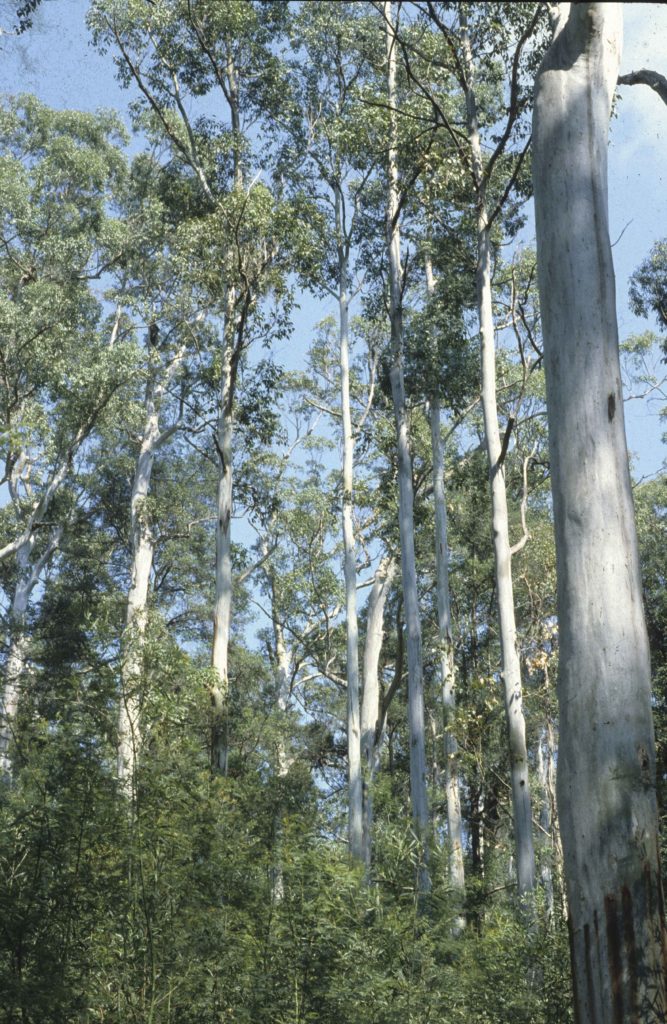
As the climate warms, we can expect more frequent storms with greater intensity and higher rainfall. Urban forests will play a vital role in addressing the challenges of our changing climate.
Indigenous burning practices in grasslands – more biodiversity and lower bushfire risk
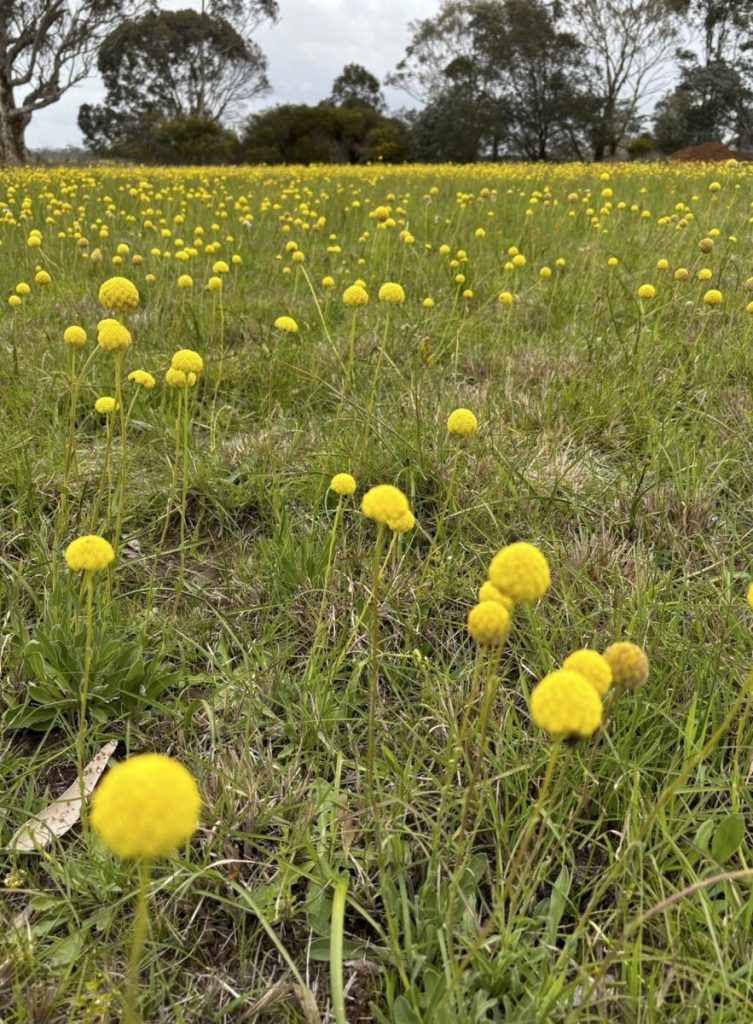
Indigenous Australians have used, and still use, fire for various purposes, practices often called “cultural burning.” These practices have had ecological consequences over the long term. Fire affects the structure of ecosystems in various ways. It can have beneficial effects, such as maintaining the biodiversity of grasslands, for example.
The Urban Forest – A talk by Sophia Findlay
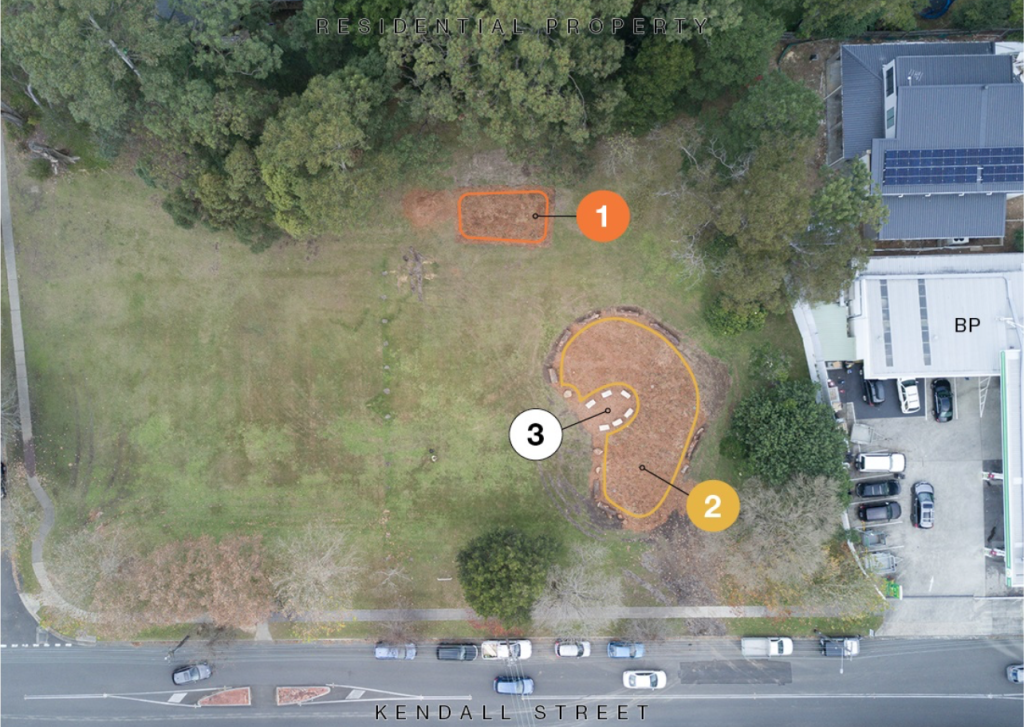
The term “Urban Forest” refers to all the trees and woody shrubs growing in a defined urban area whether on public or private land. The Urban Forest helps create a healthy, liveable community.
Native Plant Distributions – All regions are now complete!
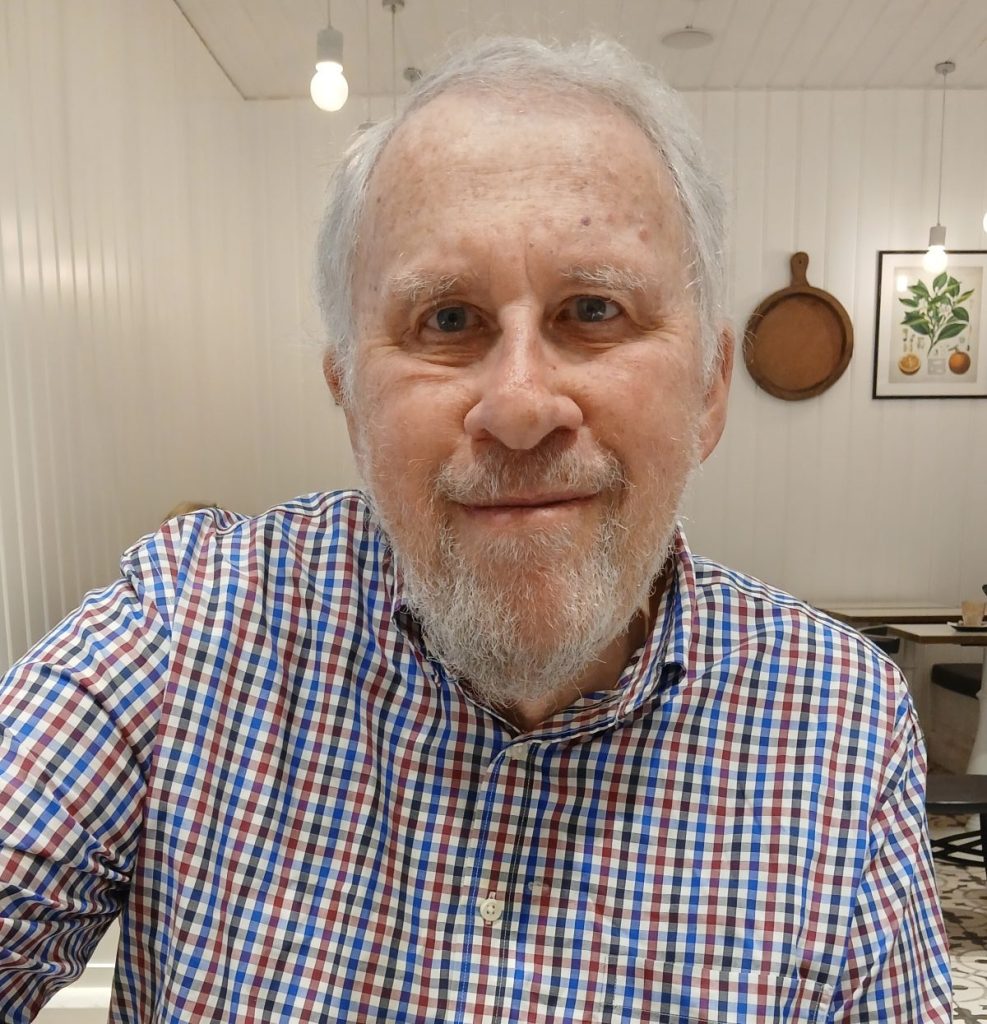
The Australian Plant Society NSW is excited to announce the completion of the Native Plant Distributions project, a major undertaking designed to document and map the locations of native vascular plant species across Eastern NSW.
Threatened Flora of the Cumberland Plain
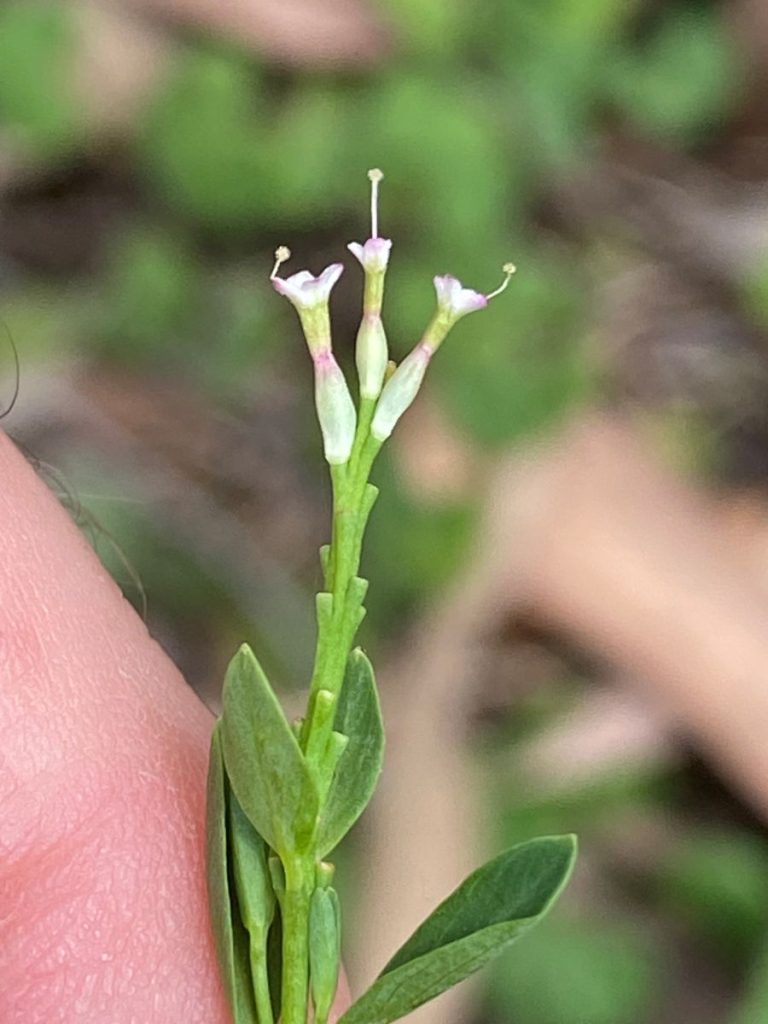
This is a writen summary of a talk that Dan Clarke presented on “Threatened Flora of the Cumberland Plain” at the APS May 2024 Quarterly Gathering. The Cumberland Plain is a defined region of the Sydney basin which covers most of Western Sydney.
The holy grail from back o’ Bourke
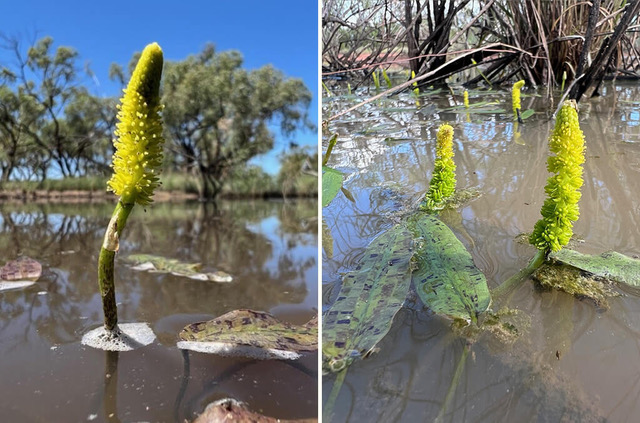
When botanists who’ve been trying to collect seed for several years from an endangered plant get word that the plant is flowering, the opportunity is not to be lost. They’re on a quest for the holy grail! When little is known about what conditions favour the growth of a rare plant, opportunities for collecting seed and specimens may arise unexpectedly, requiring people to work in challenging conditions. In the face of many adverse factors affecting plant survival, having the resources to respond quickly and in the end successfully collecting seed may save the plant from extinction – and here the Australian PlantBank takes a leading role.
Adaptations of Australian Plants in Extreme Conditions
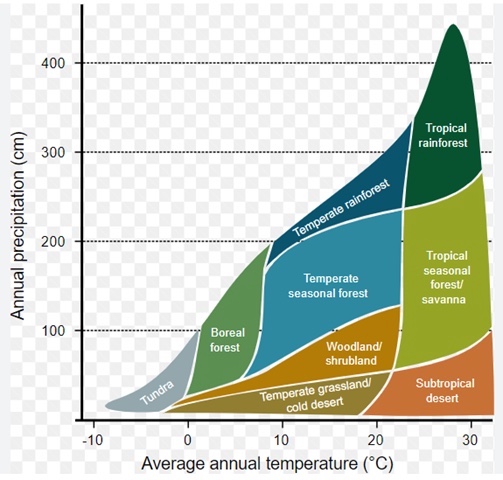
Andy Leigh is a plant ecologist with a particular interest in extreme environments, which are not uncommon in Australia. She argues that temperature is the most important climate factor affecting how different plant (and animal) species are distributed on Earth. Different plant species have developed particular mechanisms to deal with the level of heat stress caused by the characteristic temperature and amount of water available in their environment.
Gardening Australia comes to the Wetlands
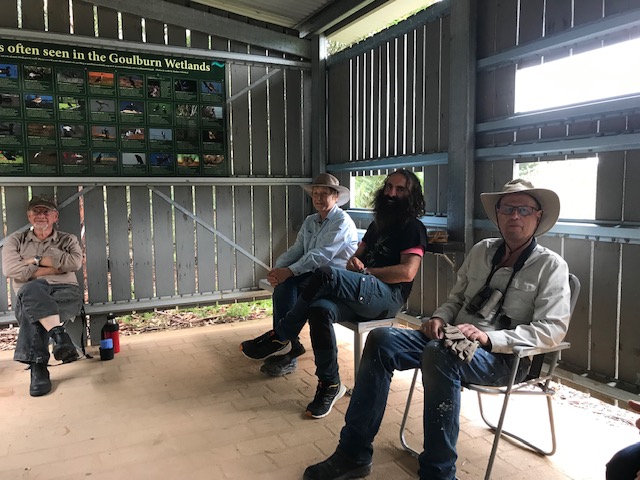
In March, FROGS Landcare volunteers played host to Costa Georgiadis as he visited the Goulburn Wetlands. Many of you will know that Costa has long been interested in the Wetlands—he planted trees with local school children in 2016 and live-streamed an impromptu visit in 2022. This time he came to film the Wetlands and its gardens for a segment on Gardening Australia.
Fake news can work – if you’re a wallaby!
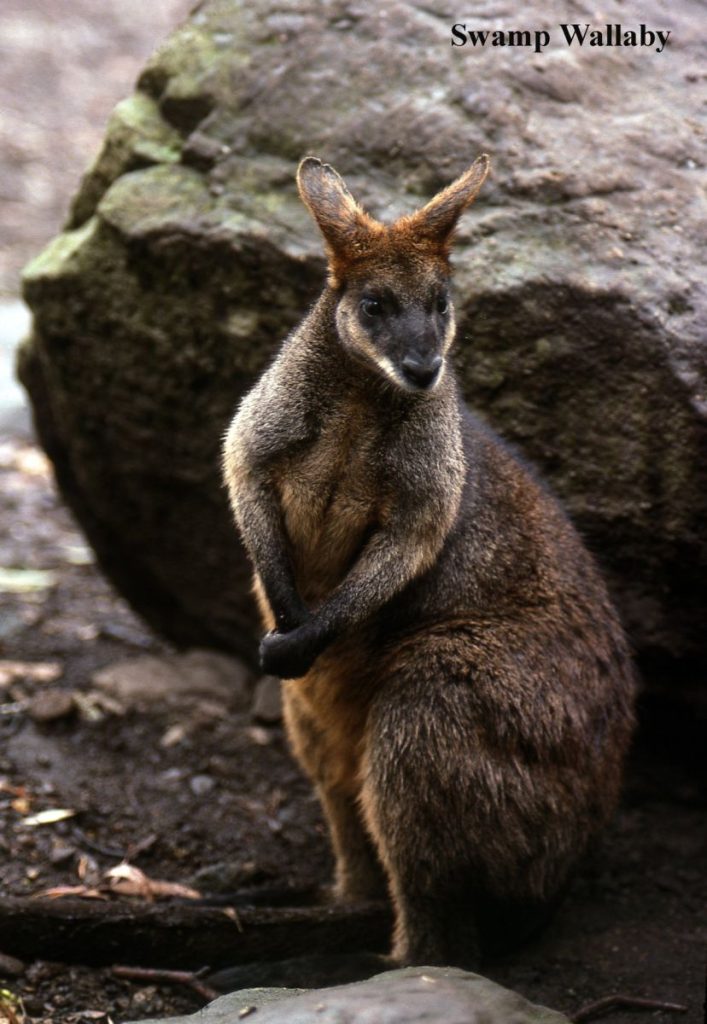
From vegetation restoration projects to agriculture, plants that are valuable to us may also be tasty food for herbivores. To reduce the substantial damage herbivores can do in these situations, people have used various methods to control herbivores, from plant guards and fencing to sometimes killing the animals. A newly developed approach based on feeding herbivores misinformation to alter their behaviour may offer an alternative control method which is cost-effective and in some ways simpler to implement.
Saving our street trees: What’s going on and what can we do
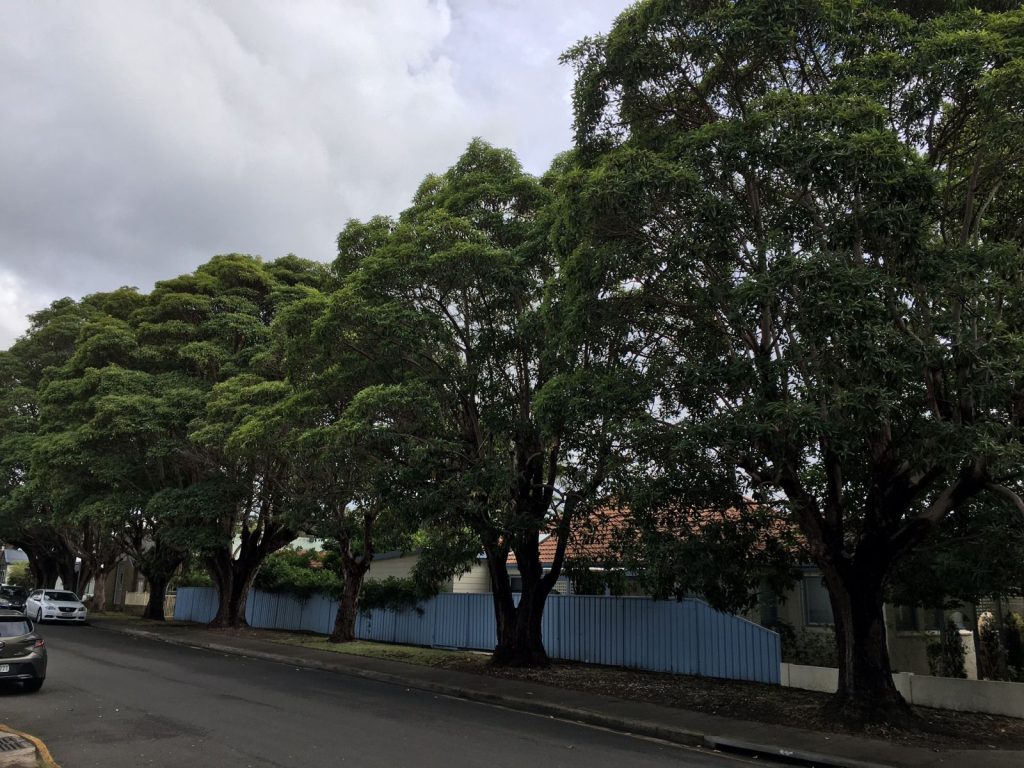
Street trees are increasingly important due to the loss of trees on private land due to development, the higher density of urban development with more hard surfaces and less green space, and also climate change with higher temperatures.
Ensuring the survival of the Wollemi Pine
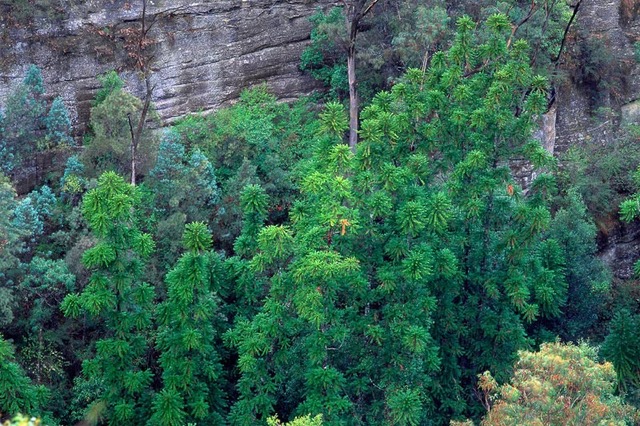
Discovering the Wollemi pine has been described as the botanical find of the 20th century. The Wollemi pine was once widespread across Gondwana before Australia broke off from Antarctica. It’s both a living fossil and a global treasure and, while it is truly a rare and threatened species that needs to be conserved for the future, this is a challenging project.
Re-greening our Country
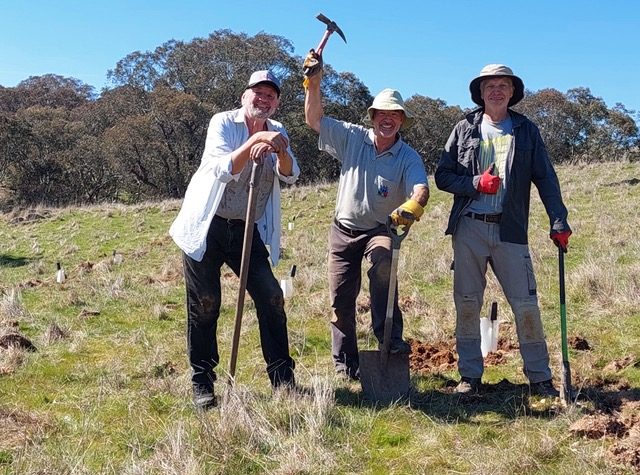
A series of wonderful re-greening events were held during August, September and October this year (2023) at ‘Moorlands’, near Gunning in south western NSW. This amazing, biodynamic farm is owned and managed by Vince Heffernan, a 6th generation sheep grazier and noted expert on new forms of regenerative land management.
Planting Australian natives: are we bringing the bush to our backyards or our backyards to the bush?
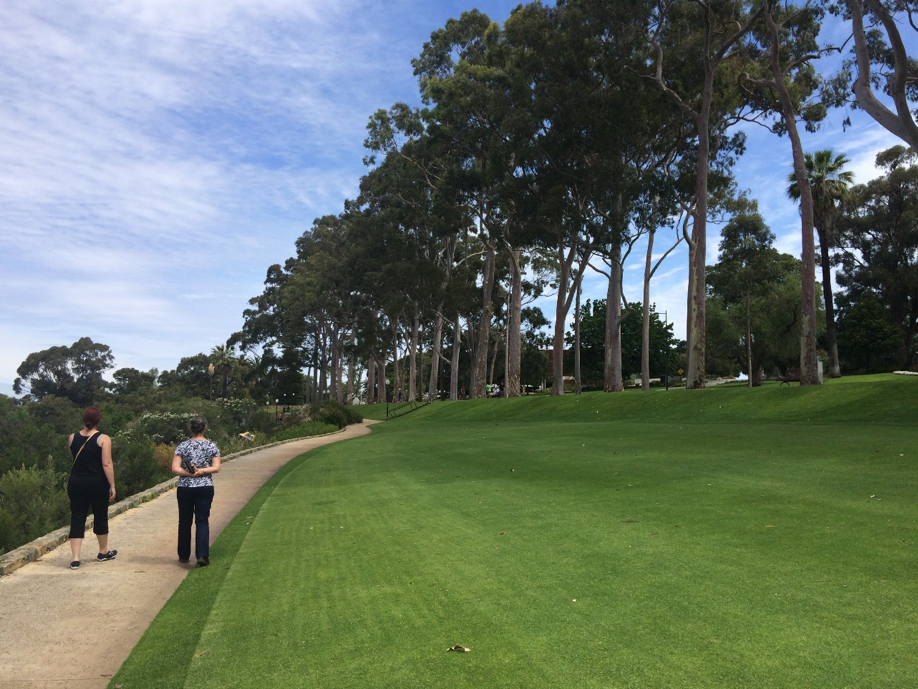
Gardens are an important part of our existence in urban environments. They provide relief from the concrete and bricks that create the artificial environment that most Australians now inhabit – the urban landscape. Our gardens provide shelter and shade, a potential kaleidoscope of colour and, in many backyards, a small localised food source in the form of vegetable gardens. In cities, gardens and street trees also provide additional cooling mechanisms to the heat sinks of concrete structures.
What one council is doing about Invasive Species

Dan Clarke wrote this story on a talk that Invasive Species Officer Linda Brown gave at the Sutherland Group October meeting, on the Sutherland Shire Council Weed Species program
Native grasses – a vital part of the biodiversity mosaic
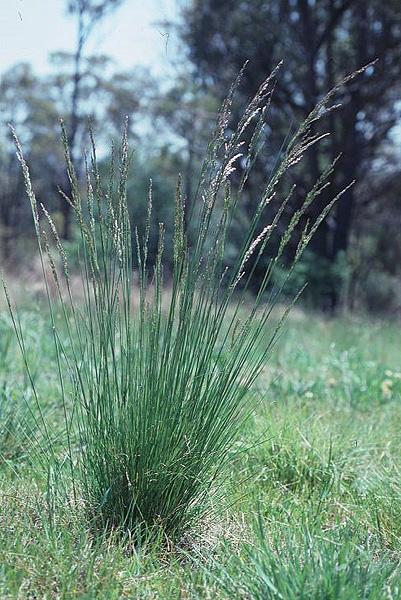
Native grasses and grass-like plants can be overlooked as garden plants but they are a wonderfully attractive addition to any garden, with the variety of shapes and colours of their leaves and flower heads. They’re also an important part of many revegetation projects. Only a tiny fraction of the grasslands present in pre-colonial Australia still exist, so we must all ensure that these remnants are preserved. Their high biodiversity value can be conserved through plantings in residential gardens all the way through to landscape-scale revegetation projects that repair environmental damage.
Book Review: South Coast Ferns. A complete guide to the ferns and fern allies of the NSW South Coast
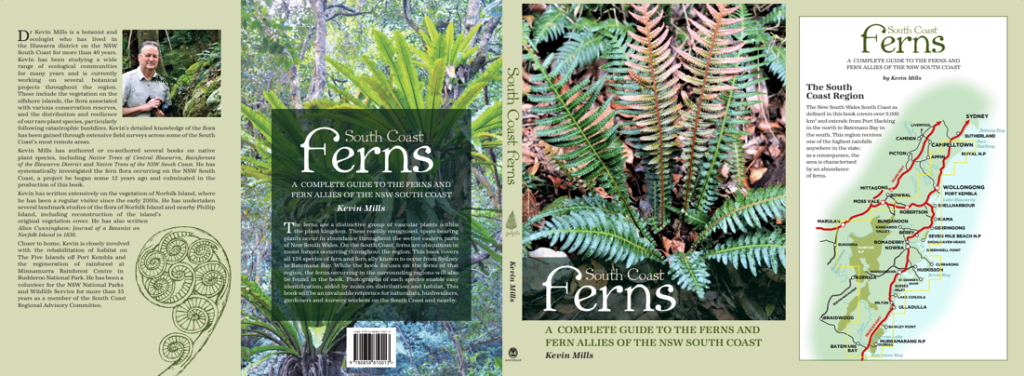
Dr Kevin Mills has produced a comprehensive catalogue of the Polypodiophyta (Pteridophyte) flora of the New South Wales south coast, yet at the same time has also produced an exemplary field guide
Why do Eremophila have resin?
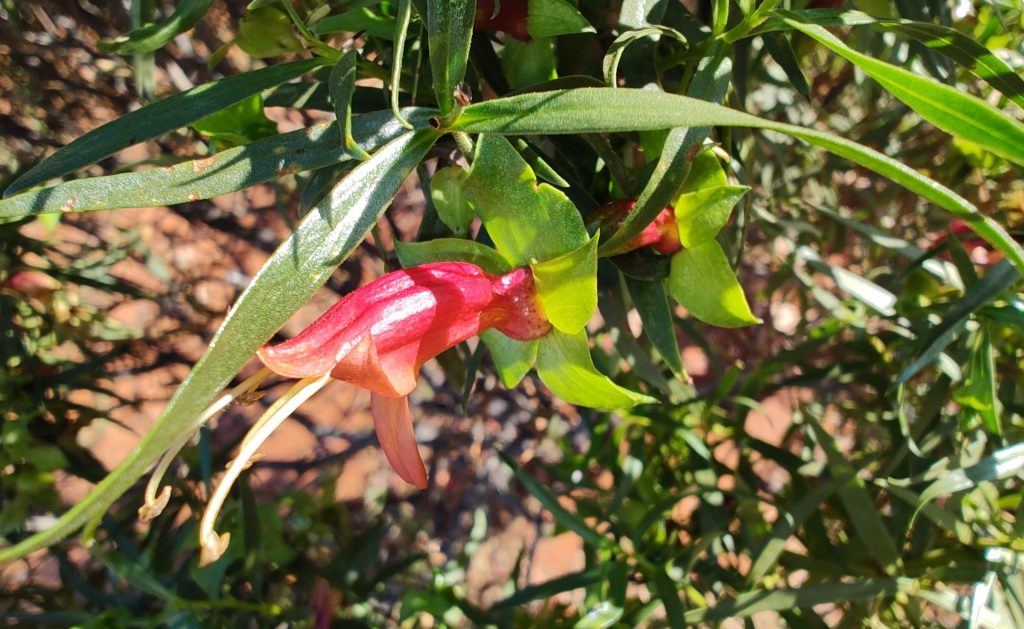
I had an inquiry from someone in APS NSW who wanted to know the purpose of the resin on Eremophila. I looked up Chinnock and, though he talks about the resin, he doesn’t speculate as to its purpose. However, he did refer to the work of several chemists who have analysed its composition.
Exploring ephemeral arid plants of NSW
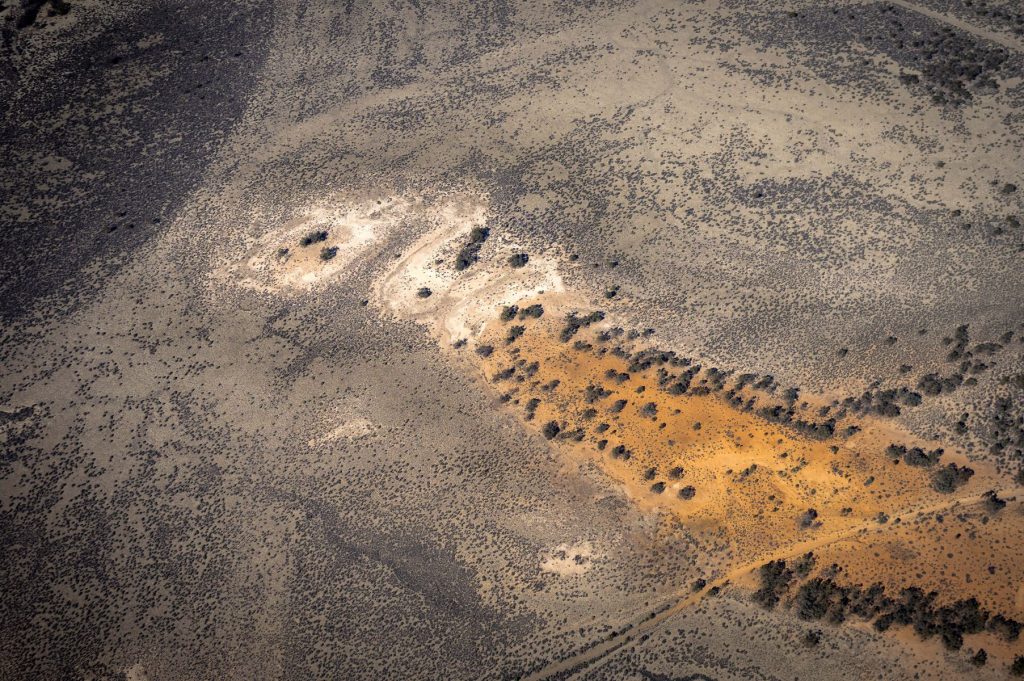
The arid and semi-arid plants of NSW demonstrate some extraordinary adaptations to climate, soils and microclimate!
Restoring trees in the landscape: pitfalls, potential and some good advice
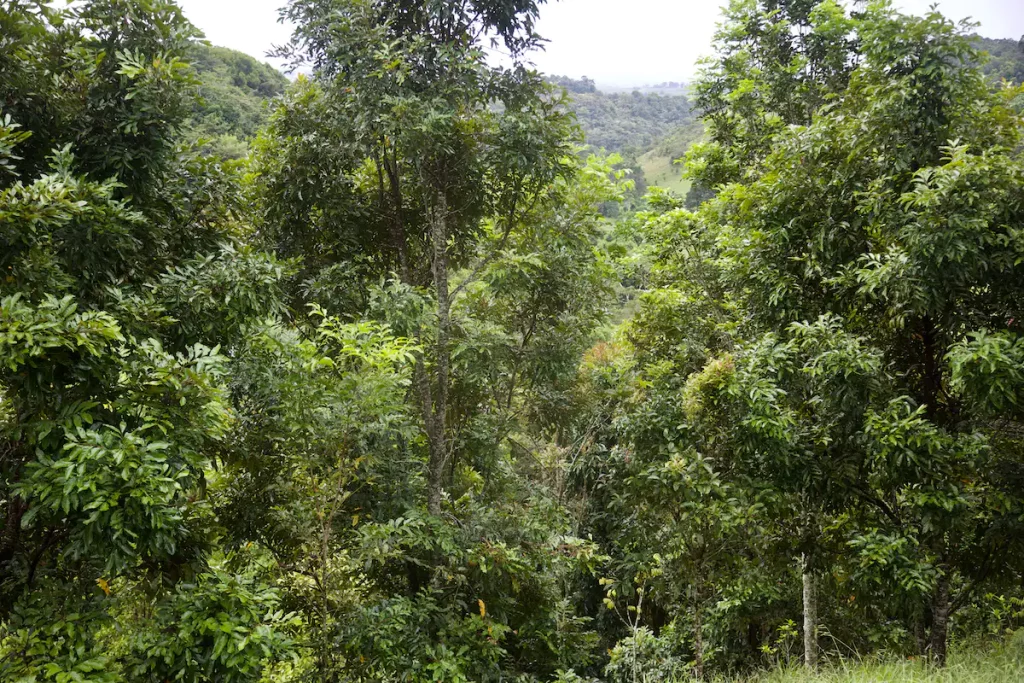
Whether you’ve planted trees to enhance your garden or address a salinity problem, your trees carry out many functions, such as looking beautiful, providing food and habitat for animals and insects, promoting soil health, mitigating salinity and supporting biodiversity.
Myrtle Rust
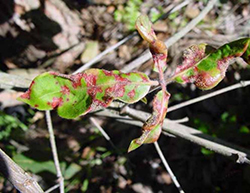
Myrtle rust is a fungal disease that arrived in Australia in 2010 and since then has brought four native Myrtaceae plant species to the point of near extinction.Despite the threat, there are some steps each of us can take to try to minimise the inevitable damage.
Ann Young on Mosaics of vegetation – the rocks and dirt story

Why do different plants and communities form mosaics or patterns across a landscape?
Insects that thrive on our native plants
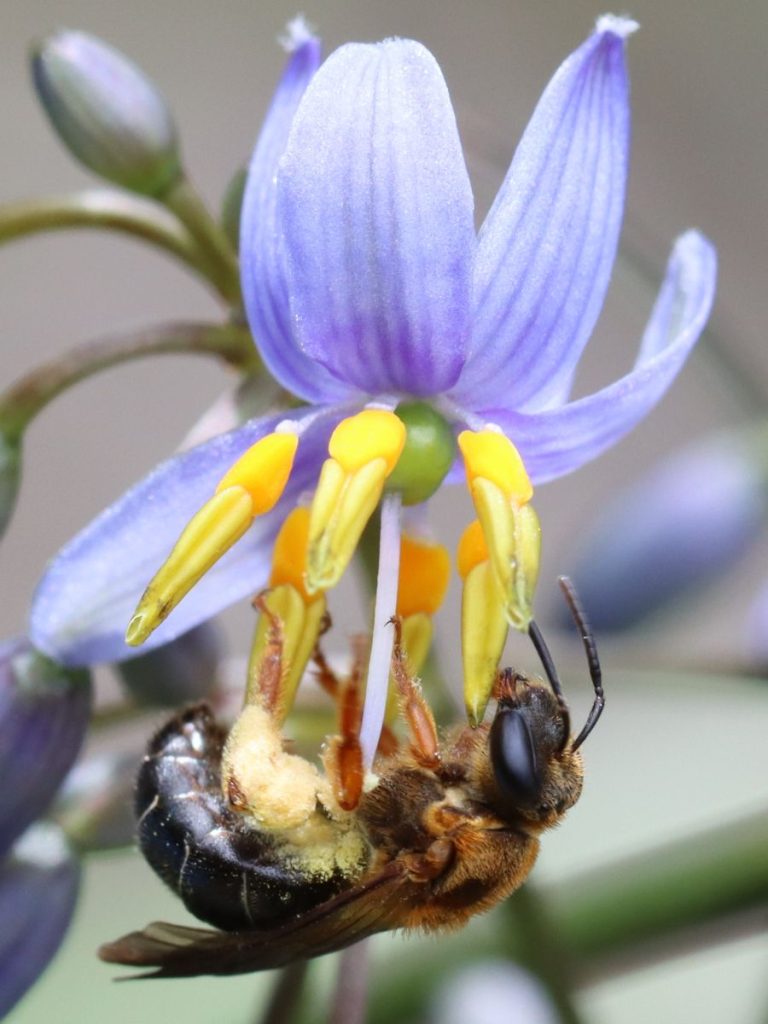
Insects and plants evolved together and are co-dependent. Michelle de Mol, one of our Blue Mountains members, is passionate about observing and documenting, in pictures, these relationships. Here are photos she shared with us to showcase this relationships.
Nature strip planting
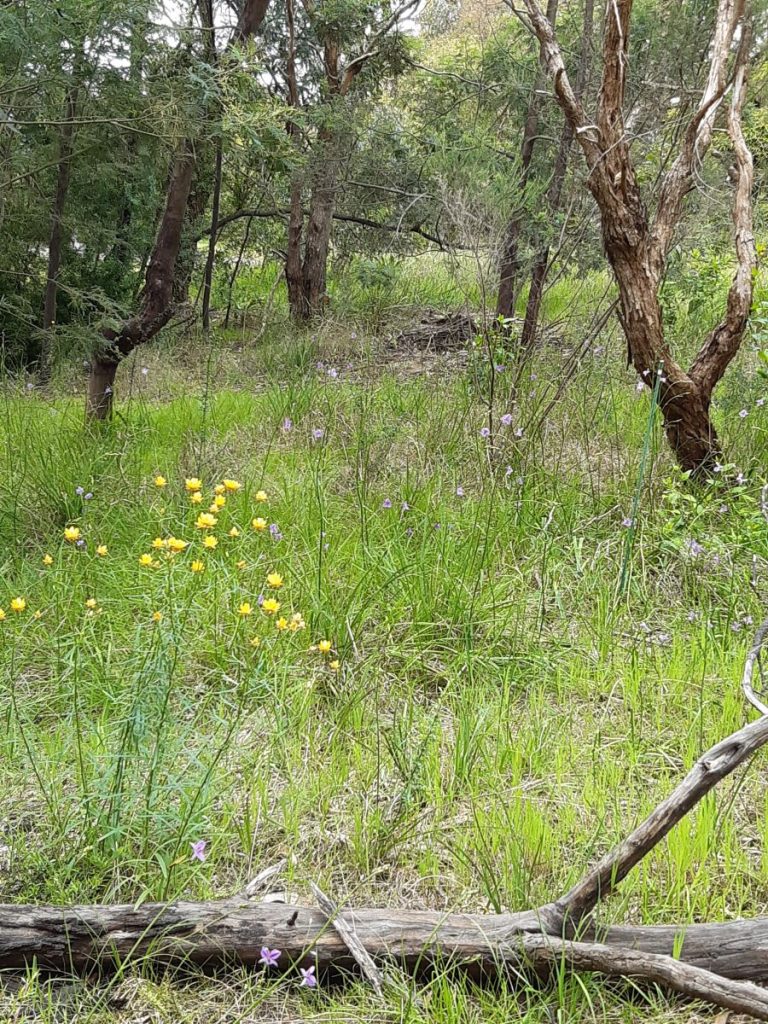
A naturestrip is a legally interesting piece of land. It is public land owned by the council with the ‘responsibility’ for its maintenance resting with the home-owner.
Weeds come in all sizes – trees can be weeds too
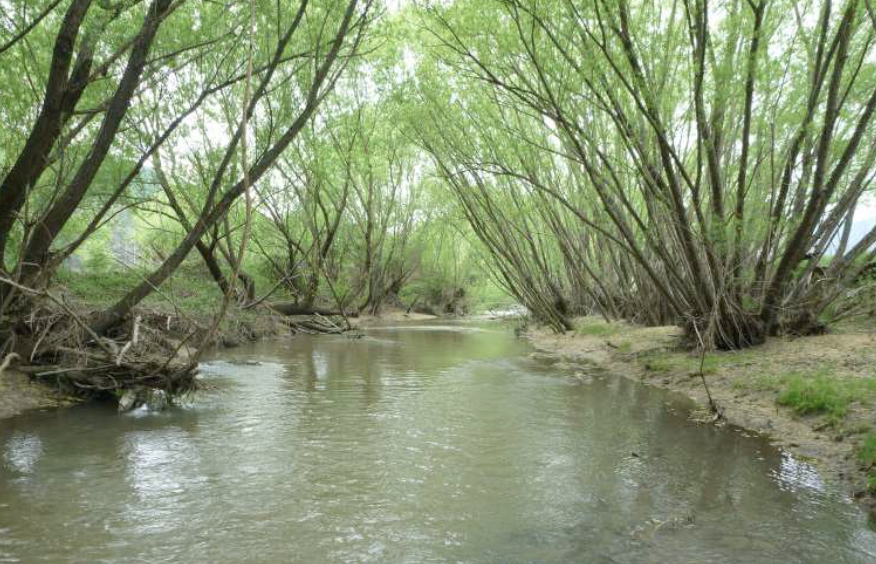
The word “weed” usually brings to mind smallish plants like trad, onion weed, agapanthus and possibly cotoneaster, but trees can also be weeds!
Ferns of the Southern Sydney Basin
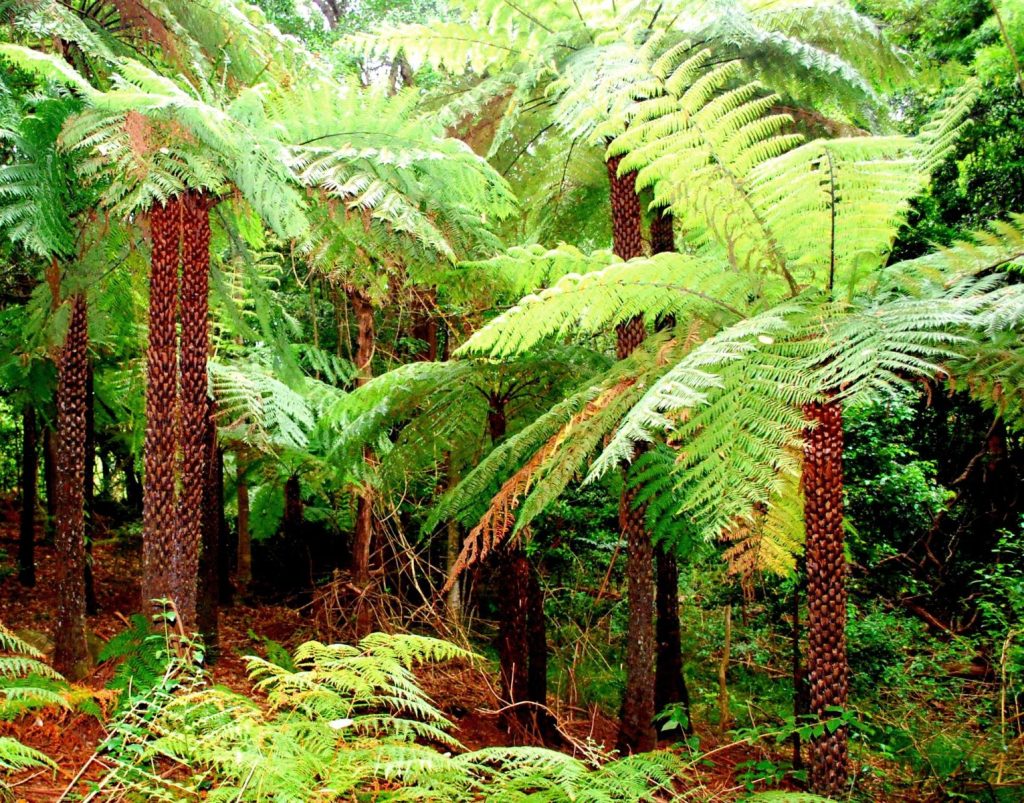
Ferns are a distinct group of vascular plants and have been around for about 360 million years. Those early forests of fern ancestors produced the coal that we so rely upon today
Threats to Eastern Suburbs Banksia Scrub – Little Bay
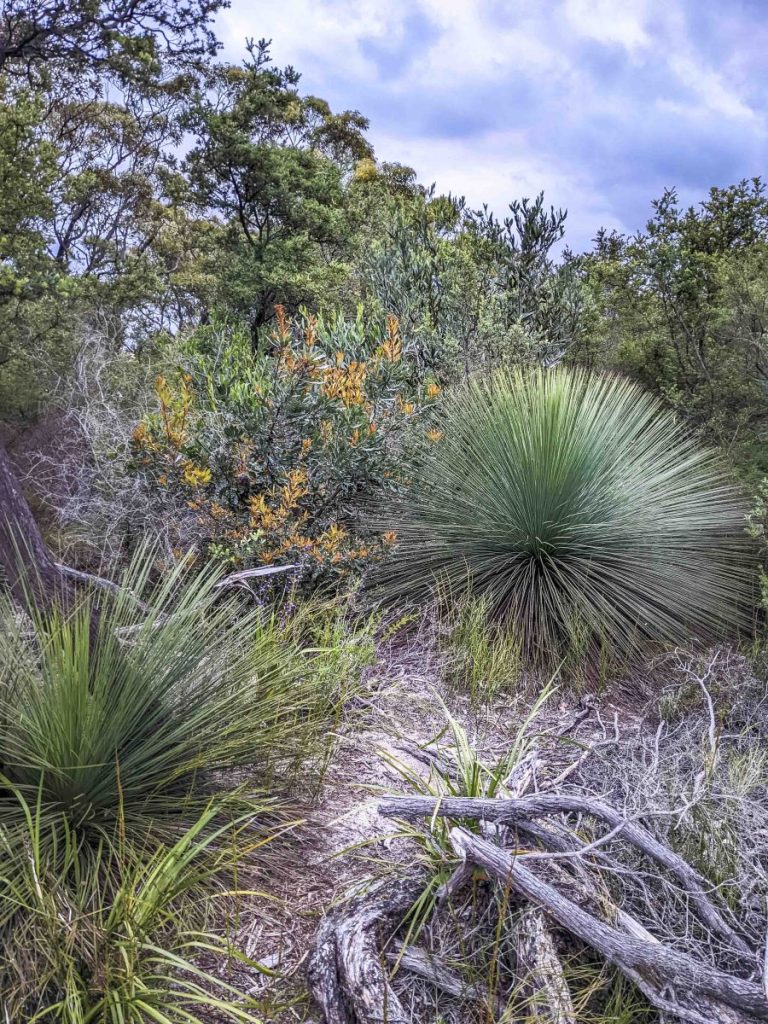
Recently, Harbour Georges River group wrote to Randwick Council about a proposed development in Little Bay which threatens local bushland – Eastern Suburbs Banksia Scrub. Here is their submission and images to illustrate.
Conservation horticulture: Saving rare and threatened plants
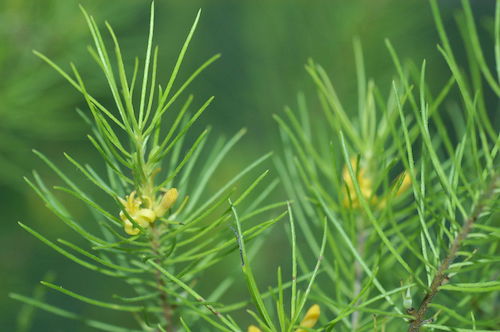
Botanic gardens are sanctuaries to visit to admire the beauty of plants in landscaped settings and are also centres of research into many aspects of plants.
Mal’s Wild Side: Re-Wilding a Northern Beaches Backyard
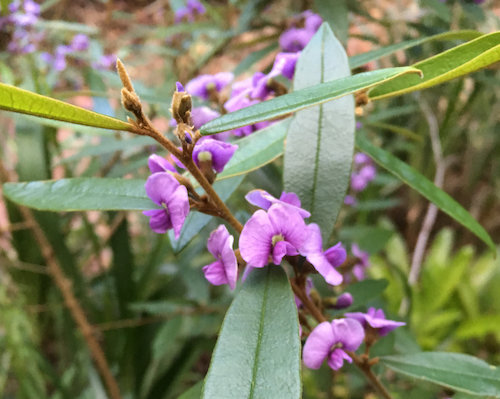
When I first came to Australia from the UK, I had a fondness for the environment but knew virtually nothing about Australian nature. Years later, when I moved from inner city living into a suburban house with a backyard, something special happened. Fascinating visitors such as Blue Tongue Lizards, Leaf Tailed Geckos and Possums provided magical wildlife encounters and my conservation passion, long suppressed, became reignited.
How to write a conservation submission, letter or email

With so many ongoing issues of environmental concern, there are many opportunities to write a submission or letter expressing your views. Issues affecting our native vegetation include residential development, infrastructure proposals such as roads and dams, legislation on land clearing and development, and government policies and responses to climate change, bushfires and flooding.
An interconnected world – threats to our native ecology and ultimately, us as well.
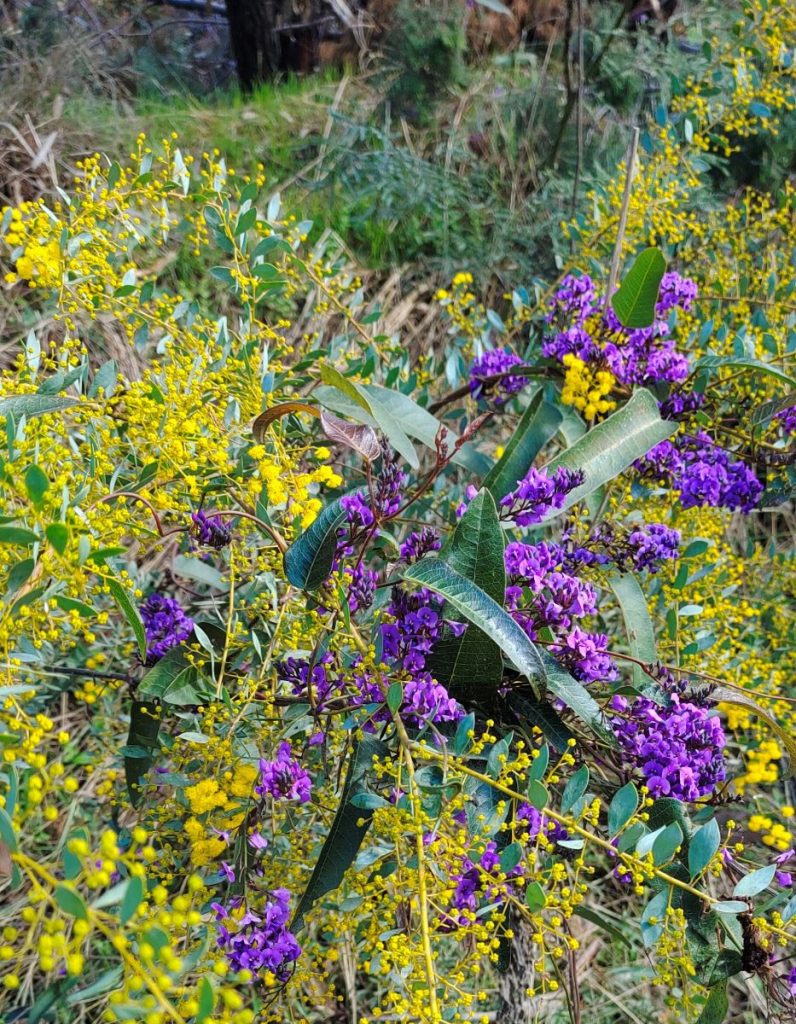
Nature is truly robust, resilient and responsive – we’ve just got to stop throttling it!. A common theme which impacts every land managers plans and calendar is the monitoring and mitigating threats. This applies in all scenarios where landscapes are involved, from a farm or national park to a suburban block or even an apartment complex.
Many environmental threats are surprisingly universal. Invasive species impacts, connectivity, fragmentation, biodiversity and habitat loss apply to a home in the suburbs as well as a national park.
Seeds of hope for Banksia restoration projects
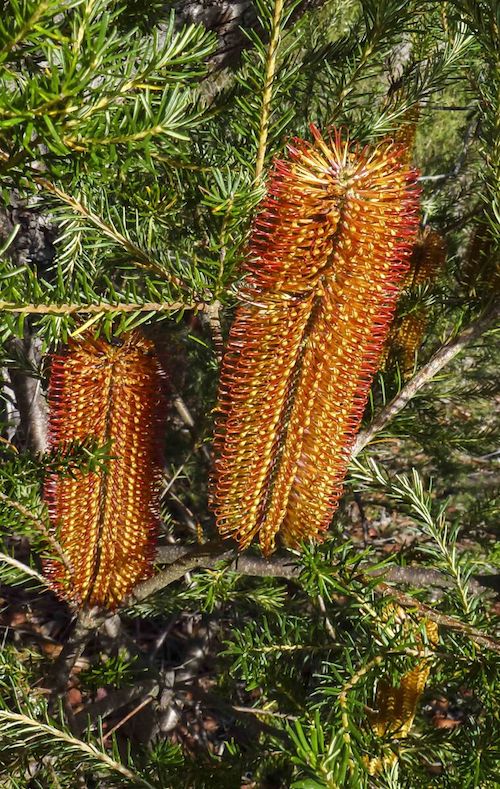
A plant seed typically contains an embryo, that develops into a new plant, and some food to support germination until the seedling can produce its own food. However, seeds may also contain microbes, like fungi and bacteria, that have no harmful effects but may actually be beneficial for plant growth!
Southern Highlands get together – rain and shine!
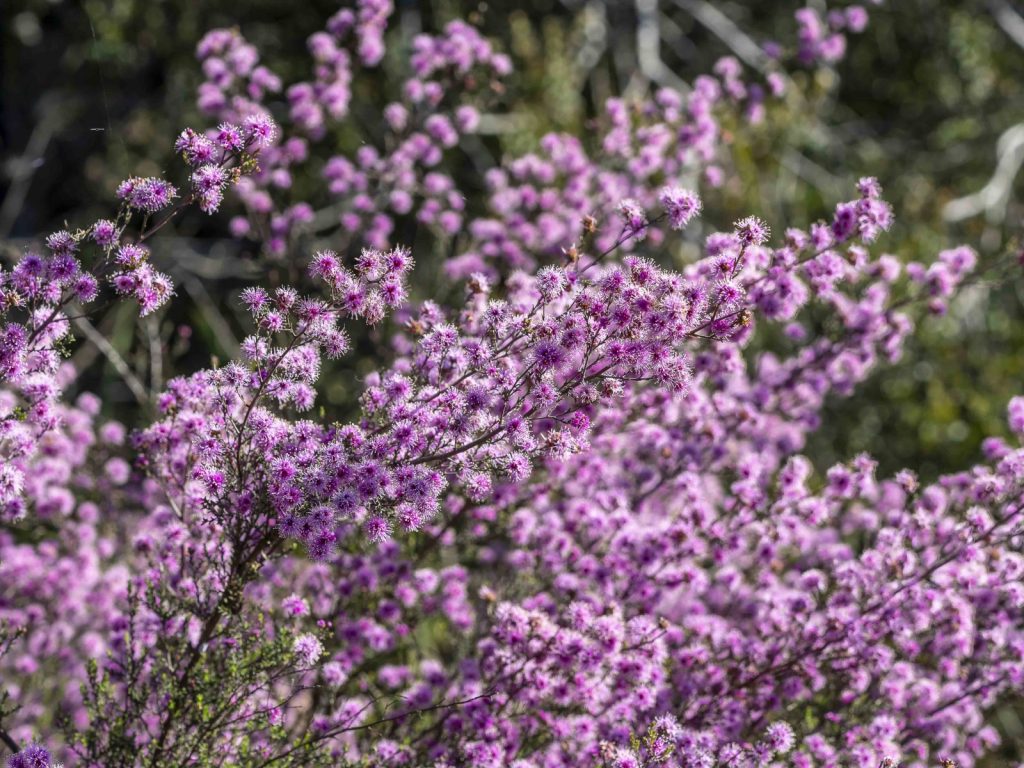
About 70 people enjoyed a wonderful weekend in the Southern Highlands, hosted by the local group. We had the opportunity to visit members’ gardens, listen to a great talk by Dan Clarke, and visit a range of bush areas.
Regenerating Mount Gibraltar, Southern Highlands
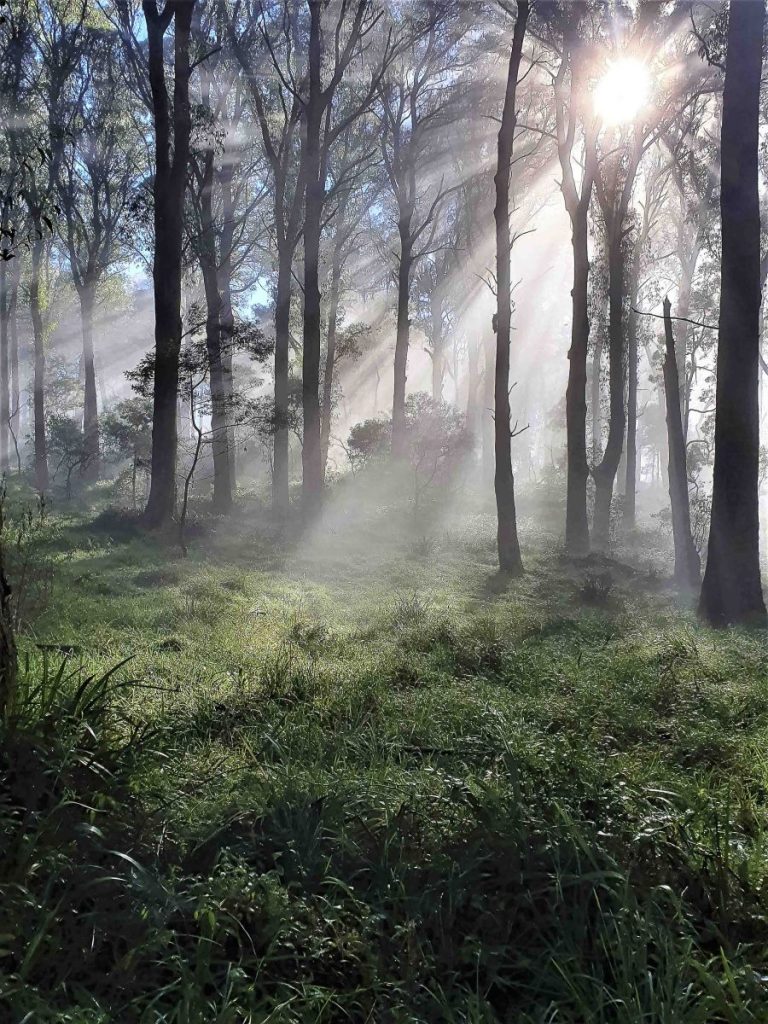
Jane Lemann, a volunteer bush regenerator shared the journey of regeneration of Mount Gibraltar in the Wingecarribee area of the Southern Highlands. This is the story of 30 years of regeneration.
Surprising Sydney Flora Tour – September 2022
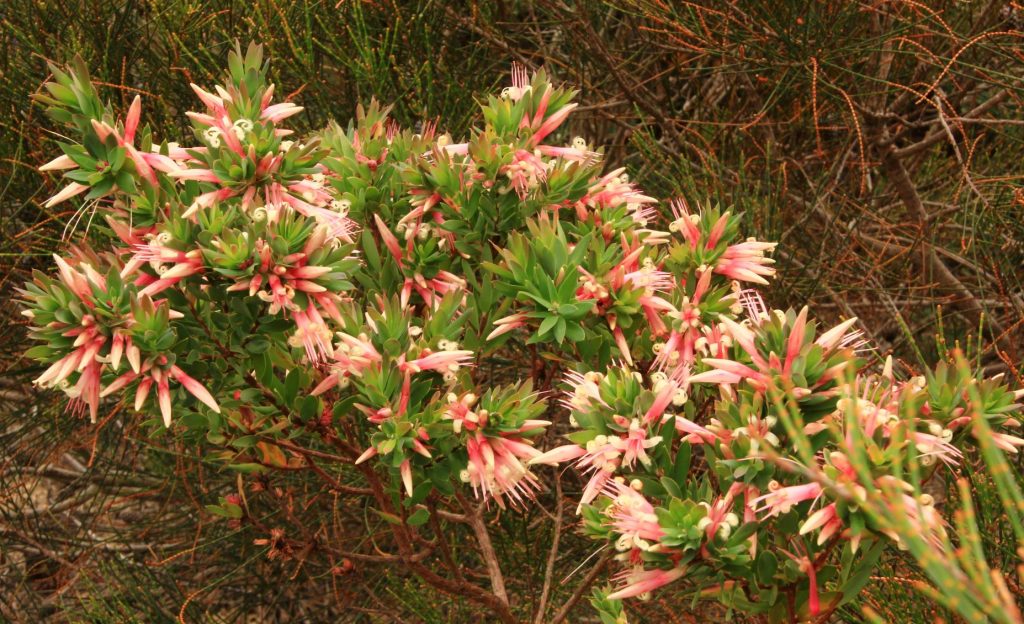
Sydney has the distinction and the fortune of being a major metropolis which is virtually surrounded by major national parks which enable residents and visitors to enjoy the natural environment without long distances to travel. This is Part 1 of the tour story.
